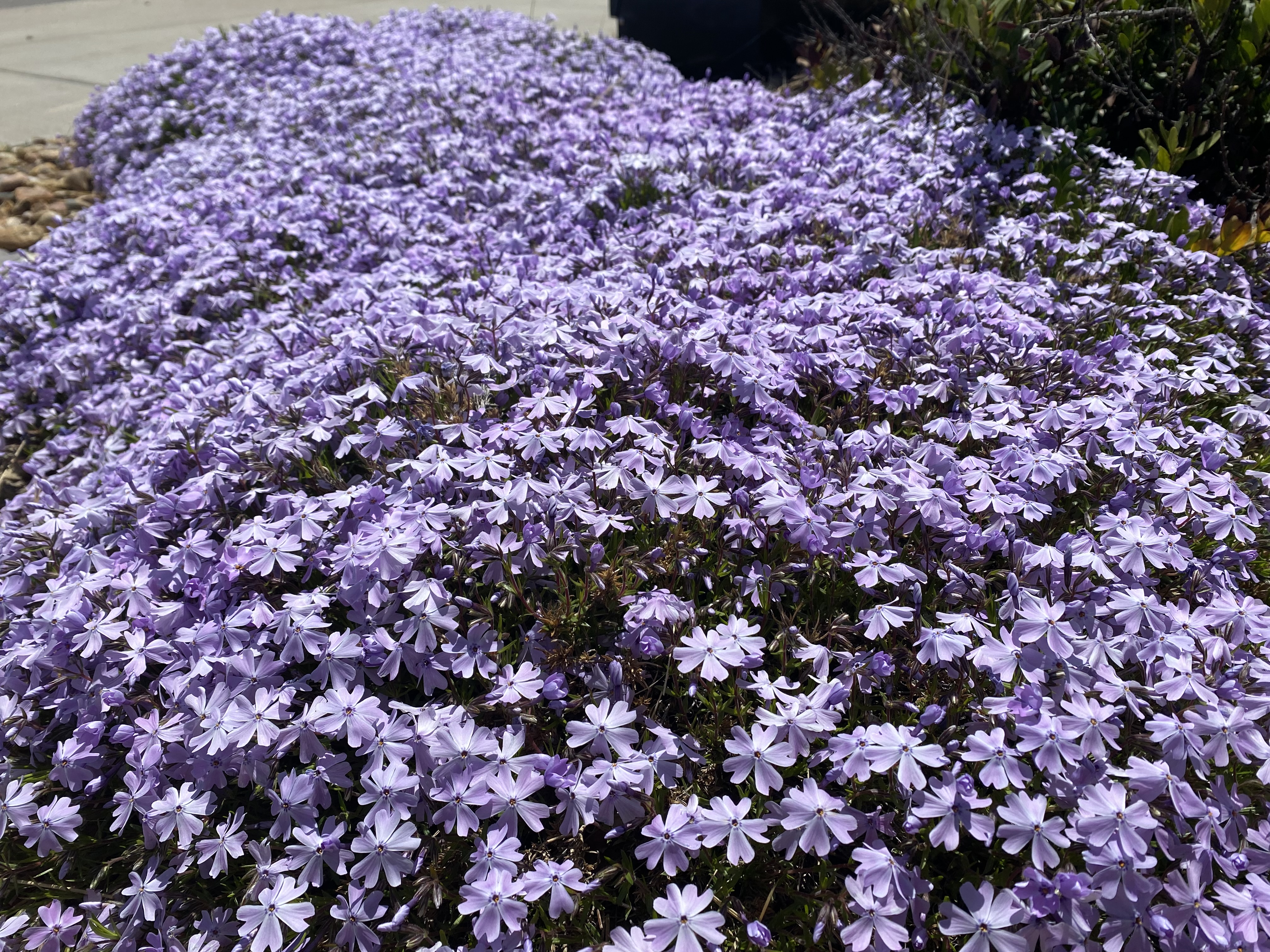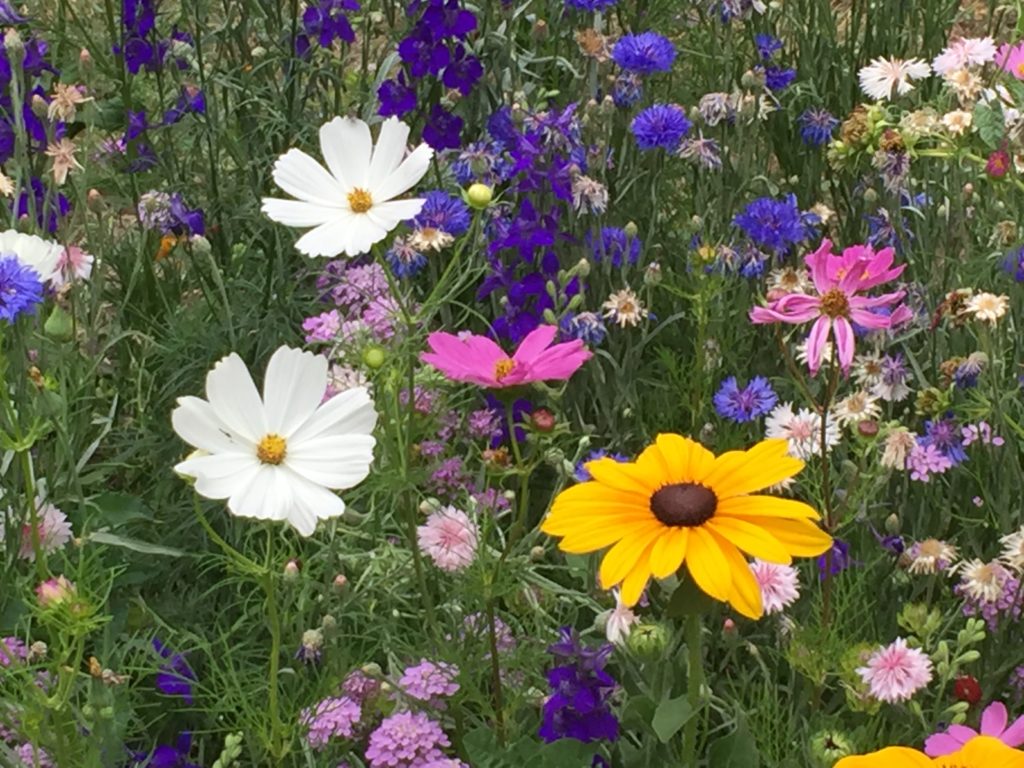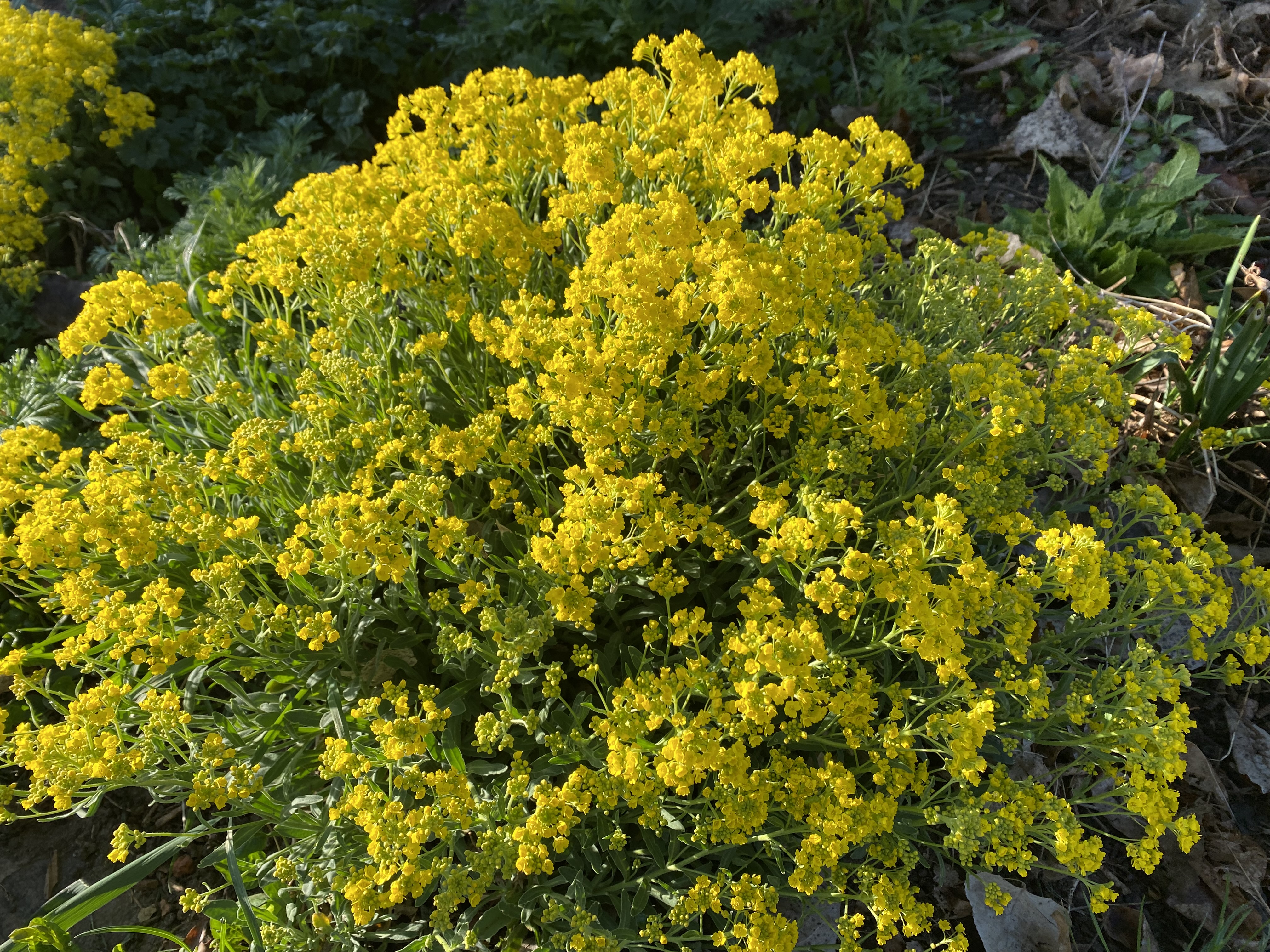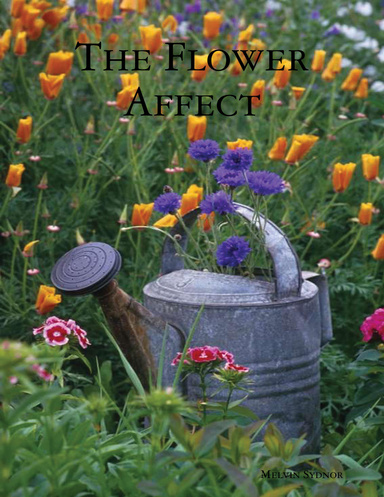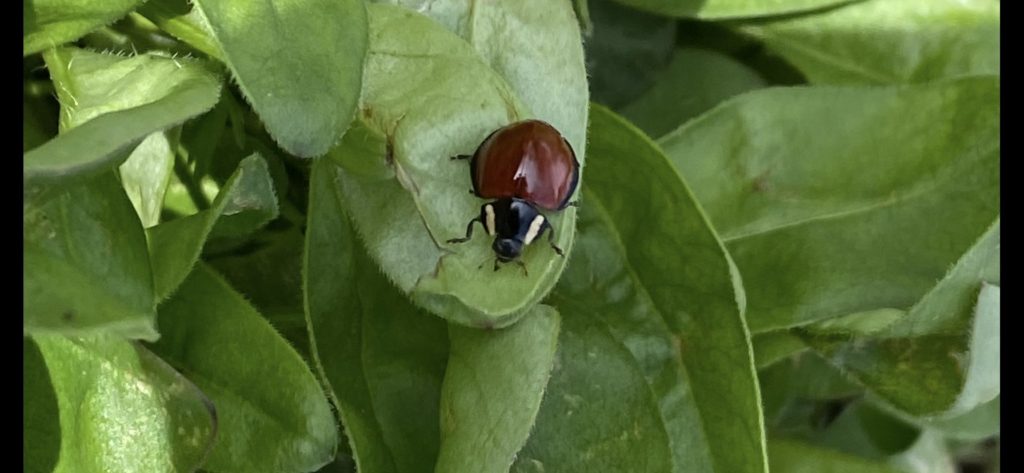
Good Things are Happening when you notice Anatis in your garden. The Anatis lecontei, commonly known as the Eyed Ladybird, is a species of beetle that thrives in the grasslands of Europe and parts of Asia. These beetles are beneficial for pest control, as they feed on aphids and other small insects, which are often harmful to plants. Their presence in gardens and farms is highly valued as they help maintain the ecological balance and reduce the need for chemical pesticides. With their distinctive black spots circled by yellow rings, they not only contribute to a healthy environment but also add a touch of natural beauty wherever they reside. Cheers

